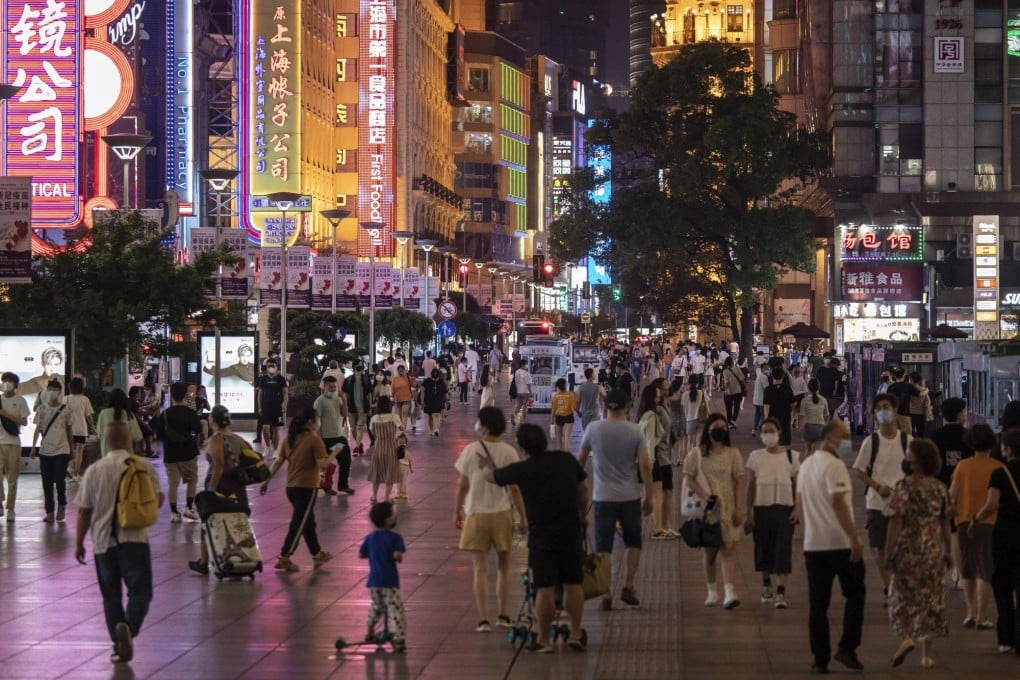Advertisement
The View | Can China keep a lid on inflation as the world struggles to stem price rises?
- As China’s 5.5 per cent annual growth target drifts out of reach, the government is turning to investment to boost the economy
- But with imported inflation already threatening to drive up consumer prices, Beijing is wise to avoid making matters worse with excessive stimulus spending
Reading Time:4 minutes
Why you can trust SCMP

When high levels of investment spending fuelled a sustained increase in Chinese inflation from 1991 to 2011, the authorities quickly brought the situation under control and, over the past decade, the consumer price index (CPI) has rarely exceeded 2 per cent, compared to 5.4 per cent in 2011.
Advertisement
But with policymakers in most major economies now losing their grip on price stability, can China continue to keep a lid on inflation this year and next?
To answer this question, we must first look at how China has succeeded in curbing inflation over the past decade. Notably, the government refrained from new rounds of large fiscal and monetary stimulus after 2011, and thanks to the central bank’s increased autonomy, money creation and credit growth stopped passively catering to investment projects from below.
After 2015, China’s central bank adopted a prudent tone and adjusted credit allocation to support sectors with excessive debt ratios. Highly polluting industries and the real estate sector – both of which had driven rapid GDP growth in the past – faced financial repression. At the same time, the central government tolerated minimum growth rates that could accommodate steady employment growth.
Today, that tolerance is being tested. Pandemic lockdowns, especially in Shenzhen and Shanghai, have taken a heavy toll on China’s economy. In the second quarter of 2022, Shanghai’s GDP fell by almost 14 per cent.
Advertisement
Meanwhile, the real estate sector is becoming a drag on the economy. In 2020, China’s government introduced “three red lines” to constrain the sector’s access to credit: developers’ liabilities should not exceed 70 per cent of assets, their net debt should not exceed equity, and their cash holdings must be equal to short-term borrowing.

Advertisement
